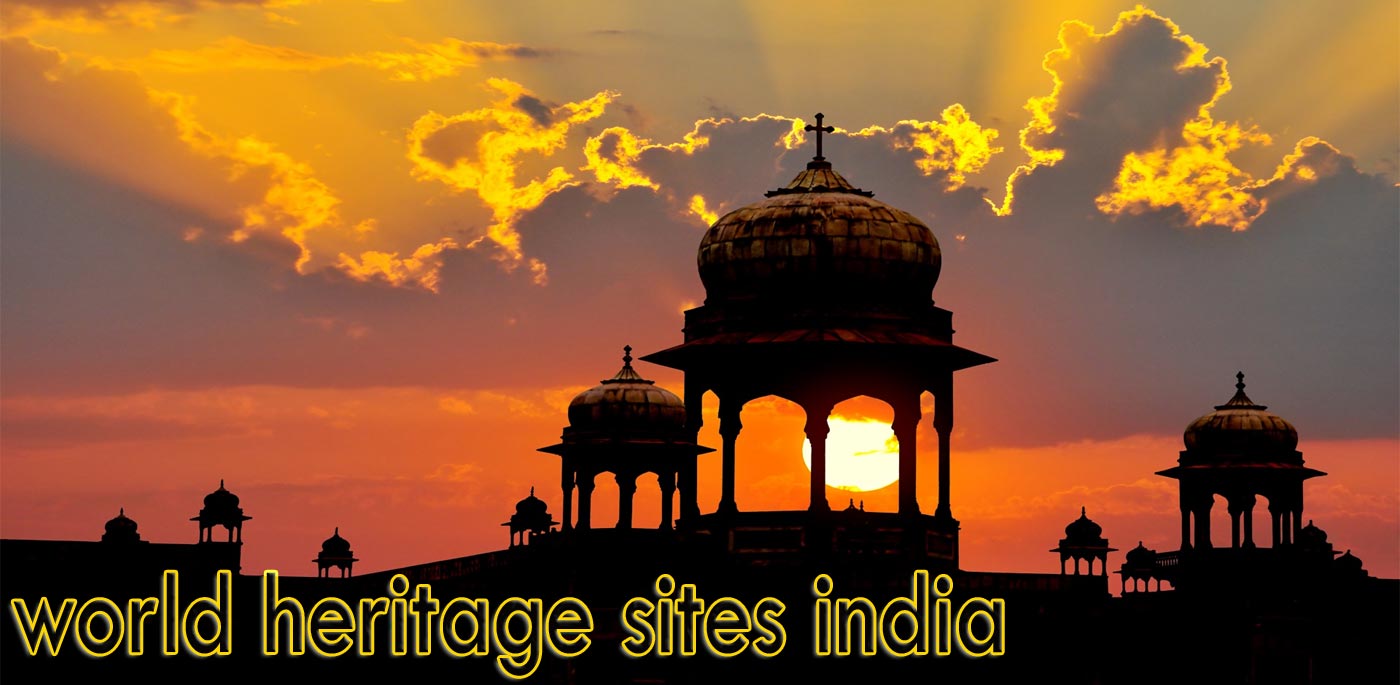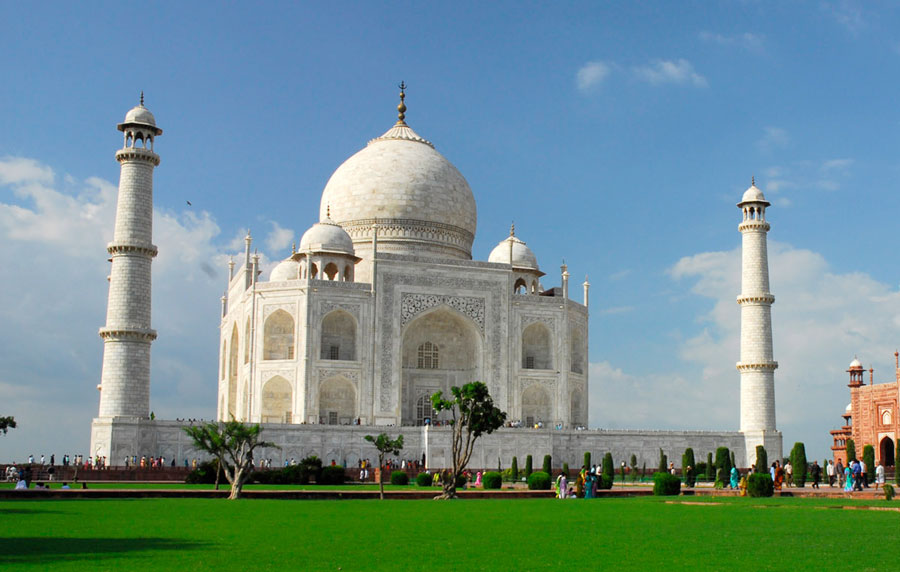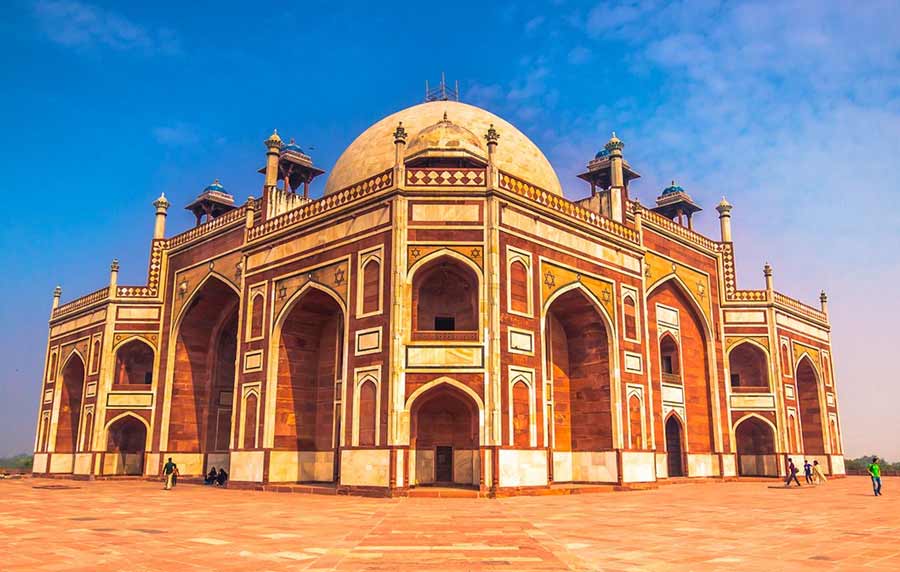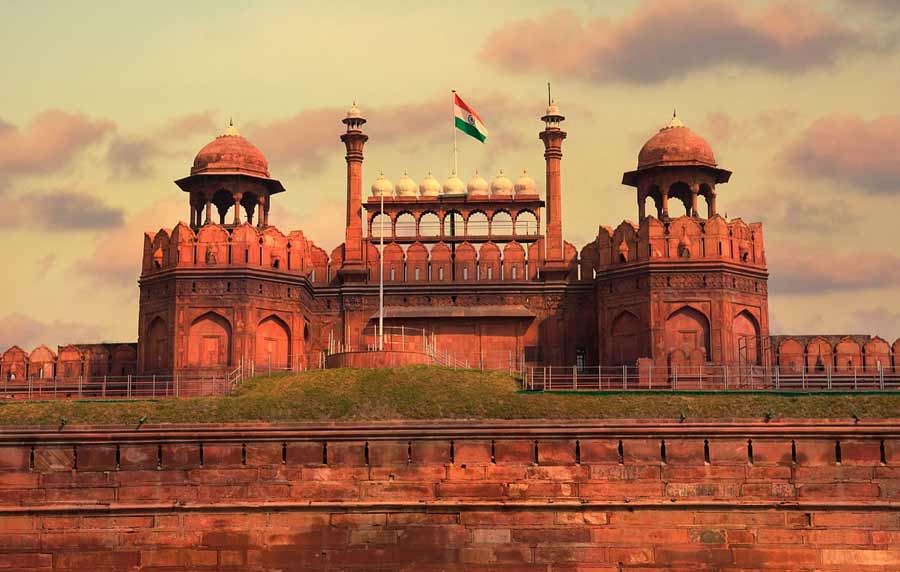Qutb Minar and its Monuments, Delhi
Built in the early 13th century a few kilometers south of Delhi, the red sandstone tower of Qutb Minar is 72.5 m high, tapering from 2.75 m in diameter at its peak to 14.32 m at its base, and alternating angular and rounded flutings. The surrounding archaeological area contains funerary buildings, notably the magnificent Alai-Darwaza Gate, the masterpiece of Indo-Muslim art (built in 1311), and two mosques, including the Quwwatu’l-Islam, the oldest in northern India, built of materials reused from some 20 Brahman temples.
Qutb Minar is an 800-year-old, 72.5 (238 foot) tower in Delhi, India. It is one of the tallest, oldest structures on Earth.
The tower began construction in the year 1200 and was commissioned by the Sultan Qutb al-Din Aibak. An additional 3 levels were added in 1220. The top 2 levels were destroyed by lightning in 1369 and were replaced.
A second tower which was intended to be twice as large as the first was attempted. You can see the base of the tower today, which is as far as construction ever got.
There is also the home of the Iron Pillar of Delhi, a 7m (23 ft) iron pillar which was constructed in the year 402. The pillar has inscriptions written in Sanskrit and has been very resistant to rust over time.ss
The tower and the surrounding structures were placed on the UNESCO World Heritage list in 1993.
I personally felt that this was the most impressive of the world heritage sites in Delhi. The tower is unique in both its height and age.
Qutb Minar gets a fair amount of visitors, but nothing like what you will see that the Red Fort in Delhi.
Located in the southern part of Delhi, it is easily accessible by taxi and is part of most guided tours of the city. Entry fee for foreigners is 250 rupee.
Overview
Qutb Minar and its Monuments is a cultural UNESCO World Heritage Site in India. This monument was inscribed into the list in 1993. This UNESCO site consists of a group of religious monuments and funerary buildings that are known for their architectural display of the achievements of early Islamic India. Most of these monuments are located in South Delhi.
The Qutb Minar is the focal structure within this UNESCO site. It is located in Delhi and measures 73 meters in height.
UNESCO World Heritage Sites India
The United Nations Educational, Scientific and Cultural Organization (UNESCO) World Heritage Sites are important places of cultural or natural heritage as described in the UNESCO World Heritage Convention, established in 1972. There are 37 World Heritage Sites located in India. These include 29 cultural sites, seven natural sites and one mixed site. India has the sixth largest number of sites in the world. Recently, Orchha is enlisted in the tentative list of UNESCO. The Seventh Wonder of the World and a UNESCO World Heritage Site, Taj Mahal is not merely a site that brings us to the pages of history; it is an epitome of true love, brilliant architecture and artistic precision. The white-marble mausoleum was commissioned by Shah Jahan for his wife, Mumta Mahal, way back in 1632. And to complete the masterpiece it took about 22 years and as much as 20,000 artisans.
 +91 9799050299
+91 9799050299 







































